Sex Testing
SPORT AND SOCIETY
Series Editors
Randy Roberts
Aram Goudsouzian
Founding Editors
Benjamin G. Rader
Randy Roberts
A list of books in the series appears
at the end of this book.
Sex Testing
Gender Policing in
Womens Sports
LINDSAY PARKS PIEPER
UNIVERSITY OF ILLINOIS PRESS
Urbana, Chicago, and Springfield
2016 by the Board of Trustees
of the University of Illinois
All rights reserved
1 2 3 4 5 C P 5 4 3 2 1

This book is printed on acid-free paper.
Library of Congress Cataloging-in-Publication Data
Names: Pieper, Lindsay Parks, 1985 author.
Title: Sex testing : gender policing in womens sports / Lindsay Parks Pieper.
Description: Urbana : University of Illinois Press, 2016. | Series: Sport and society | Includes bibliographical references and index.
Identifiers: LCCN 2015042892 (print) | LCCN 2016004102 (ebook) | ISBN 9780252040221 (hardback) | ISBN 9780252081682 (paperback) | ISBN 9780252098444 (e-book)
Subjects: LCSH: Women athletesPhysiology. | Sex discrimination in sports. | SportsSex differences. | IOC Medical Commission. | BISAC: SOCIAL SCIENCE / Gender Studies. | SOCIAL SCIENCE / Womens Studies. | SPORTS & RECREATION / Olympics.
Classification: LCC GV709 .P48 2016 (print) | LCC GV709 (ebook) | DDC 362.29/088796dc23
LC record available at http://lccn.loc.gov/2015042892
For Lucy and George
Contents
Acknowledgments
AS WITH ALL BOOK PROJECTS , this was not a single-person venture. I am grateful for the assistance I received from a variety of individuals. First, I would like to thank Willis G. Regier, director of the University of Illinois Press. Without him this book would not be a reality. Bill assisted me throughout the entire venture, even taking the time to provide feedback on my dissertation. I am thankful for his guidance, support, and kindness. Sarah K. Fields introduced me to Bill, and for that I am indebted to her. Not only did her reputation open the door for me, but Sarah was also involved with this project from the beginning, when it started as a seminar paper in a graduate class. She offered endless advice and, perhaps most importantly, kept me on track in the writing process. Judy Wu also provided invaluable guidance from the start, offering important suggestions regarding historical context.
Leading Olympic scholars Ian Ritchie and Alison M. Wrynn reviewed the manuscript and provided substantial feedback. Ian helped the work flow and asked me to expand my thoughts on the significance of gender testing. Alison read the manuscript, twice. She not only contributed to the depth of the works analysis but also went through it with a fine-tooth comb. Ians and Alisons comments greatly enhanced this project and I am grateful for their time and insights. The members of the Beth Emory Virtual Writers Workshop also read several drafts. I am thankful for the energy, efforts, and advice offered by Andrew D. Linden, Susan J. Bandy, Melissa C. Wiser, and Dain TePoel. Friends who voluntarily agree to edit chapters are hard to find.
Several archivists and librarians also helped me locate documents and other materials. I appreciate the help I received from Nuria Puig of the Olympic Studies Centre; Emma Yan, Sam Maddra, and Claire Daniel of the University of Glasgow; Ann K. Sindelar of the Western Historical Society; Andre Gailani of Punch magazine; Lauren Leeman of the State Historical Society of Missouri; Renata Balewska of the Narodowe Archiwum Cyfrowe; and the staff of the University of Illinois Archives. Sharon Kinney Hanson also offered both assistance and encouragement. Furthermore, research for this project was funded in part by the Postgraduate Research Grant Programme, 2013, of the IOC Olympic Studies Centre.
I am also appreciative of the historical actors who took time out of their busy schedules to speak with me. Kirsten Wengler Burton and Nancy Hogshead-Makar shared their experiences of actually undergoing sex testing, while Mara Jos Martnez Patio shared her thoughts and photographs. Albert de la Chapelle recalled his efforts in the protest and shared insights into the current sex/gender protocol. Richard Budgett discussed the IOCs perspective. This project was greatly enhanced as a result of their insights.
Melvin L. Adelman brought me into the world of sport history. Although the Olympics may not be his favorite sporting forum, he nevertheless engaged in the project and offered ceaseless support. Kristen Worley kept me in the loop regarding recent occurrences and illuminated the athletes view, a perspective often ignored. Katie Krisko and Alan D. Rogol helped me understand the scientific complexities of the human body. Danny Hedrick surpassed his duties as a colleague and showed encouragement throughout the entire process. Kelsey Pieper used her statistical expertise to format several tables. I need to also thank her for our writing days. Kyle Krisko, my best friend, embodied encouragement; he offered the necessary reassurances in the (numerous) moments of stress. Additionally, Kyles graphic design prowess came in handy more than once. I would not have finished this project without his support, patience, and help.
Finally, I owe a lot to George and Lucy Pieper. George was my first coach and helped me develop a passion for sport. Importantly, his positive interpretation of girls and womens sports fostered my beliefs about gender equality in athletics. Lucy read the entire manuscript. Twice. I am grateful for her editing assistance, but also for a number of other reasons. She signed me up for my first team and ensured that I never viewed my participation in sport as inferior because of my gender. I owe them more than words can describe.
Introduction
IN THE 1960 SUMMER OLYMPICS , Irina and Tamara Press gained international notoriety. Each sister won a gold medal in the Rome Games: Irina in the 80-meter hurdles and Tamara in the shot put. The Ukrainianborn duo dominated womens track and field, collectively acquiring a total of five Olympic medals and establishing twenty-six world records, all under the Soviet flag. While the Soviet Union applauded the Press sisters astounding achievements, many ridiculed the Olympians, citing their strength and stature as suspiciously abnormal. The reports disparaged the Russian muscle molls for being too big, too burly, and heftier than their Western counterparts. These repeated comparisons to male athletes were not accidental. Such accounts belittled womens success in sport and simultaneously constructed feats of speed and strength as antithetical to femininity. Accordingly, because Irina and Tamara did not embrace Western notions of gender, neither in appearance nor choice of vocation, the two sisters could not be real women.
Based on this assumption that sporting prowess contradicted womanhood, the International Association of Athletics Federation (IAAF) and the International Olympic Committee (IOC) instituted sex testing from the 1920s through the 1990s. In the interwar era, sport organizations first used a physical exam for this purpose. Whenever there was a definite question as to sex, Upon introducing the check, the IAAF and IOC consequently controlled womanhood in sport for much of the twentieth century.
To assess the significance of sex testing, this book explores its history from the 1930s to the early 2000s. The IOC used different tests to both guarantee the authenticity of female athletes and identify male masqueraders in Olympic sport. Although the IOC Medical Commission never discovered a single male imposterand the various iterations of the exam actually illustrated the impossibility of neatly delineating sexthe IOC nevertheless continued to implement the control. Olympic officials thus authorized a policy of sex/gender conformity, as sex testing/gender verification required that female athletes demonstrate conventional notions of white Western heterofemininity. Through these regulations, the IOC, a powerful and influential authority, continuously reaffirmed a binary notion of sex, privileged white gender norms, and hampered female athleticism.




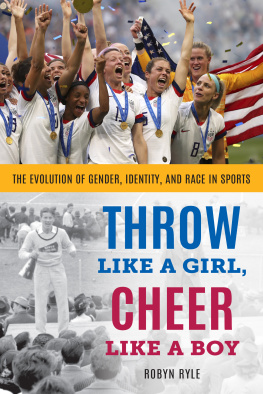
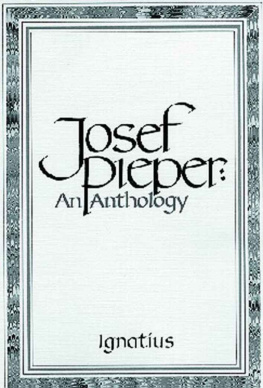
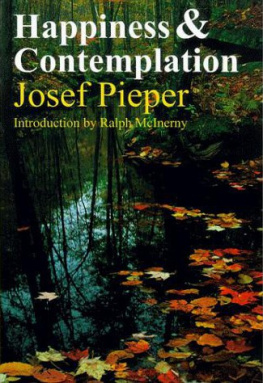
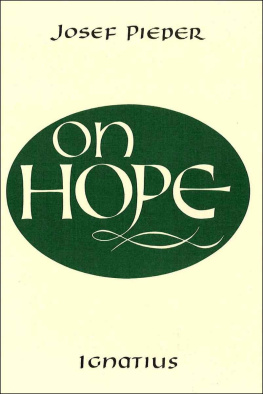


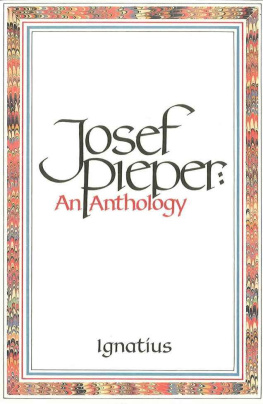

 This book is printed on acid-free paper.
This book is printed on acid-free paper.